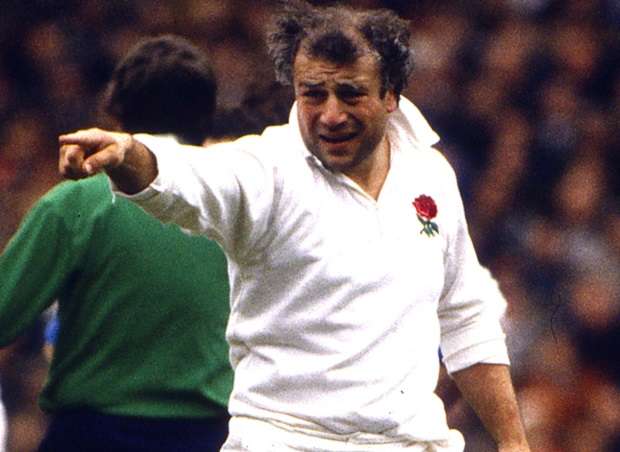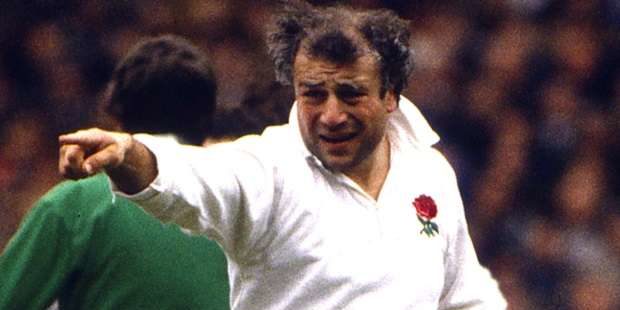 With the season over for all but the chosen few in the Premiership playoffs or the various tours in the next couple of months, it should be time for a break. For all but those players involved in the various end-of-season jollies one would expect the clubs to manage them and ensure proper rest and recuperation.
With the season over for all but the chosen few in the Premiership playoffs or the various tours in the next couple of months, it should be time for a break. For all but those players involved in the various end-of-season jollies one would expect the clubs to manage them and ensure proper rest and recuperation.
With the RWC truncating this campaign, it has made players work harder over a shorter period and the mental and physical stress on the body and mind will eventually lead to increased problems for them.
Then there is the pressure on players who may have to play 15 to 20 games in succession, who, although they might not play all the games, still have to attend all training sessions with the extra strain that creates.
This view is one that has been expressed by the chairman of the RPA, Christian Day and while it probably has some truth in it, it certainly isn’t a new phenomenon.
The impression that the game now is so much more of a physical and mental strain on players than in previous times comes about because it is generally accepted that players are faster and more powerful in certain positions.
That is not only wrong but also rather insulting to all those who played before. Yes, the game is different now but it is not harder. Particularly as those from the past had to juggle a job with playing the game with all the stresses and strains that entails plus the constant potential threat of injury.
Unlike modern professional players who are more protected now, those who played at the top of the game before professionalism had to take responsibility for any consequences – financial or otherwise – should injury befall them.
Even at international level there was little or no help when it came to injury let alone long-term injury. Paul Rendall who played for England between 1984 and 1991 tore an Achilles tendon while on England duty and was virtually left to fend for himself.
The RFU funded his operation but would not fund his post operation recovery time, which can take anything up to 12 weeks before you regain full use of the limb and, even then, you will not have normal muscular strength.
At the time, Rendall was a self-employed engineer without any other income and so was forced to return to work on crutches just two weeks after his operation.
Rendall’s experience was the same as every player who was injured; all were left to their own devices and resources to fund treatment and recovery while attempting to hold down a proper job.
It may surprise some modern players to hear but the pre-professional players also had to attend club training sessions and were expected to train for anything up to three hours a day in their own time.
They played the whole 80 minutes of the game, as substitutes weren’t allowed, unless a doctor confirmed that an injury was so bad that you couldn’t retake the field. Lacerations were taped or stitched roughly to get the player back on the field in the shortest possible time because there were no ‘blood substitutes’ and unless it was a very bad cut you were expected to play on.
Although the number of days spent injured by players has increased by 80 per cent since 2002 that is probably more to do with better analyses of injury and treatments allowing full recovery rather than the old way of playing yourself fit and ‘running off’ what were deemed to be slight bumps.
In the same way as concussion reports have seen a dramatic increase in the number of cases doesn’t mean it is more prevalent now than before, it’s just better diagnosis with new protocols and medically enforced layoffs for longer periods.
Then we have the question of other types of hidden injury that don’t expose themselves until long after you have stopped playing which is a concern for all players new and old.
The modern professional has some of the best health and safety protocols with regular check-ups and long term medical care ensuring, as Connor O’Shea put it, they pass their MOT and are fit to play.
Because it is their chosen profession, they can train and prepare every day in a structured, monitored environment. This, it is hoped, will reduce the number of ‘hidden injuries’ in later life and allow long retired players to enjoy a normal life without having to have knee and hip replacements or suffer debilitating arthritis or worse.
It not just rugby players who have the threat of ‘hidden injury’, almost every sport has some inherent risk including dementia in footballers who played in the Fifties and Sixties from heading what was a heavier ball.
The risks were higher 20 years ago because there was little or no research, or a review of older players and the various ailments that were affecting them to see if there was a pattern.
Concussion is the injury that has hit the headlines over the past couple of years and rightly so in the bid to protect players from dementia in later life, but it is not the only injury that can lead to a debilitated later life.
Professional players are better prepared to suffer the blows and mental strains of the game now and have financial backing should they suffer a career ending injury, whereas older players just have their memories – if they are lucky.























